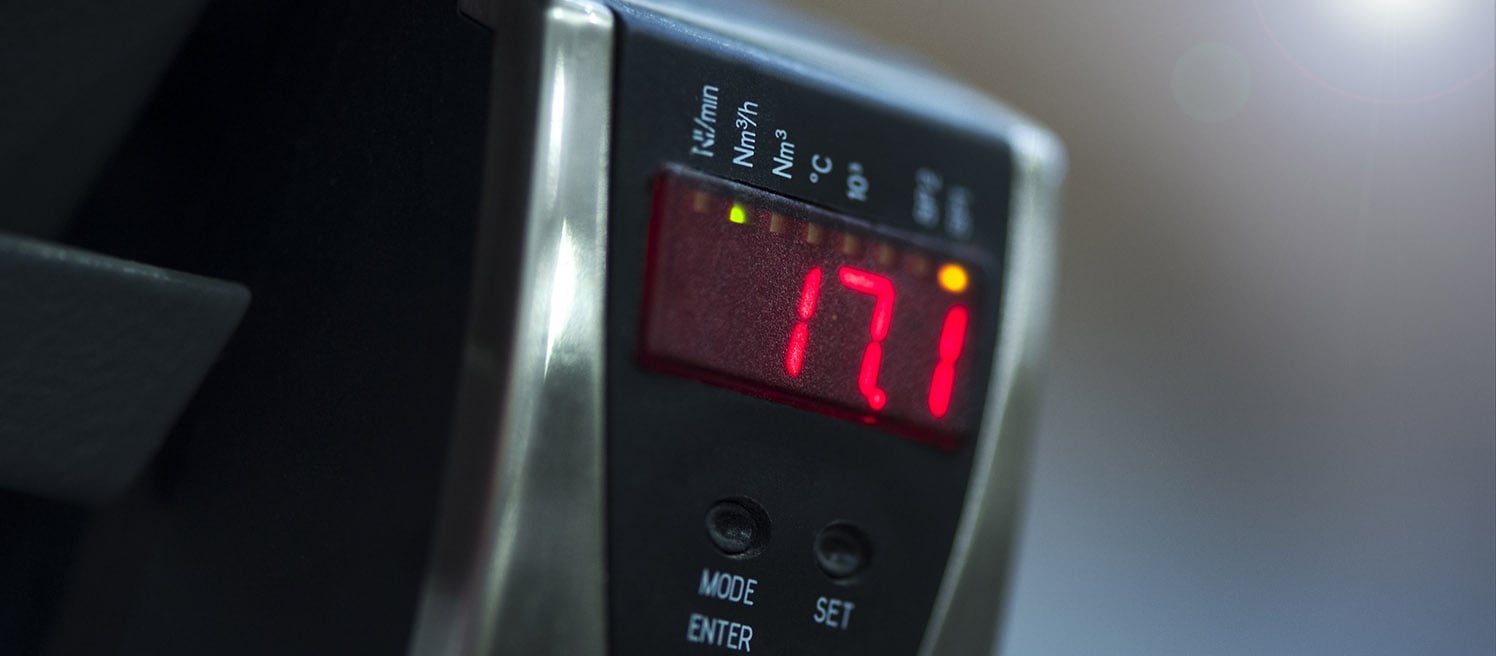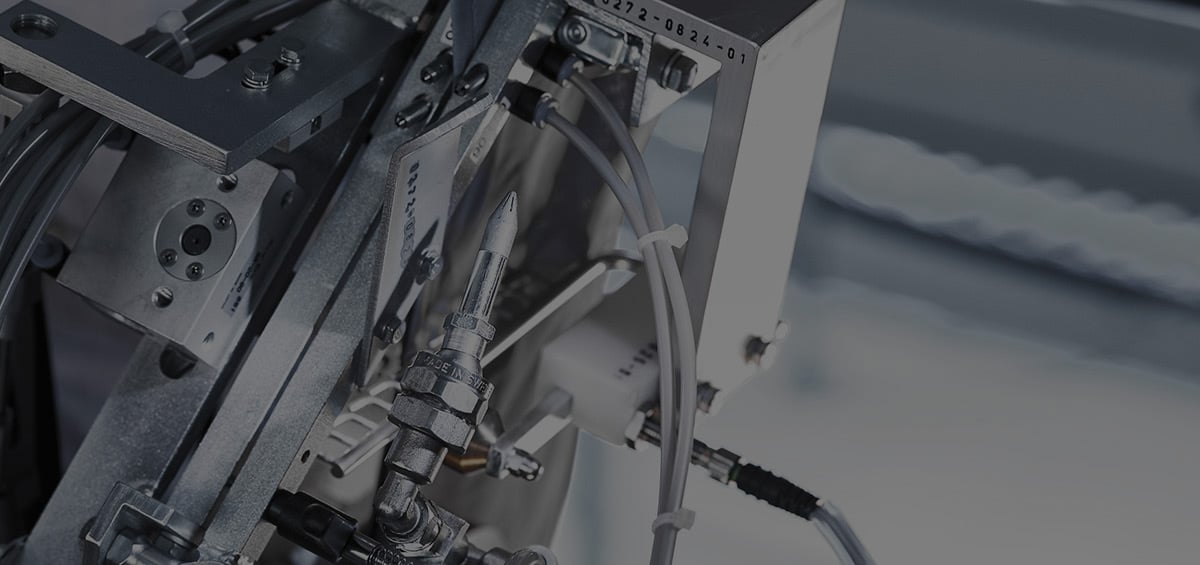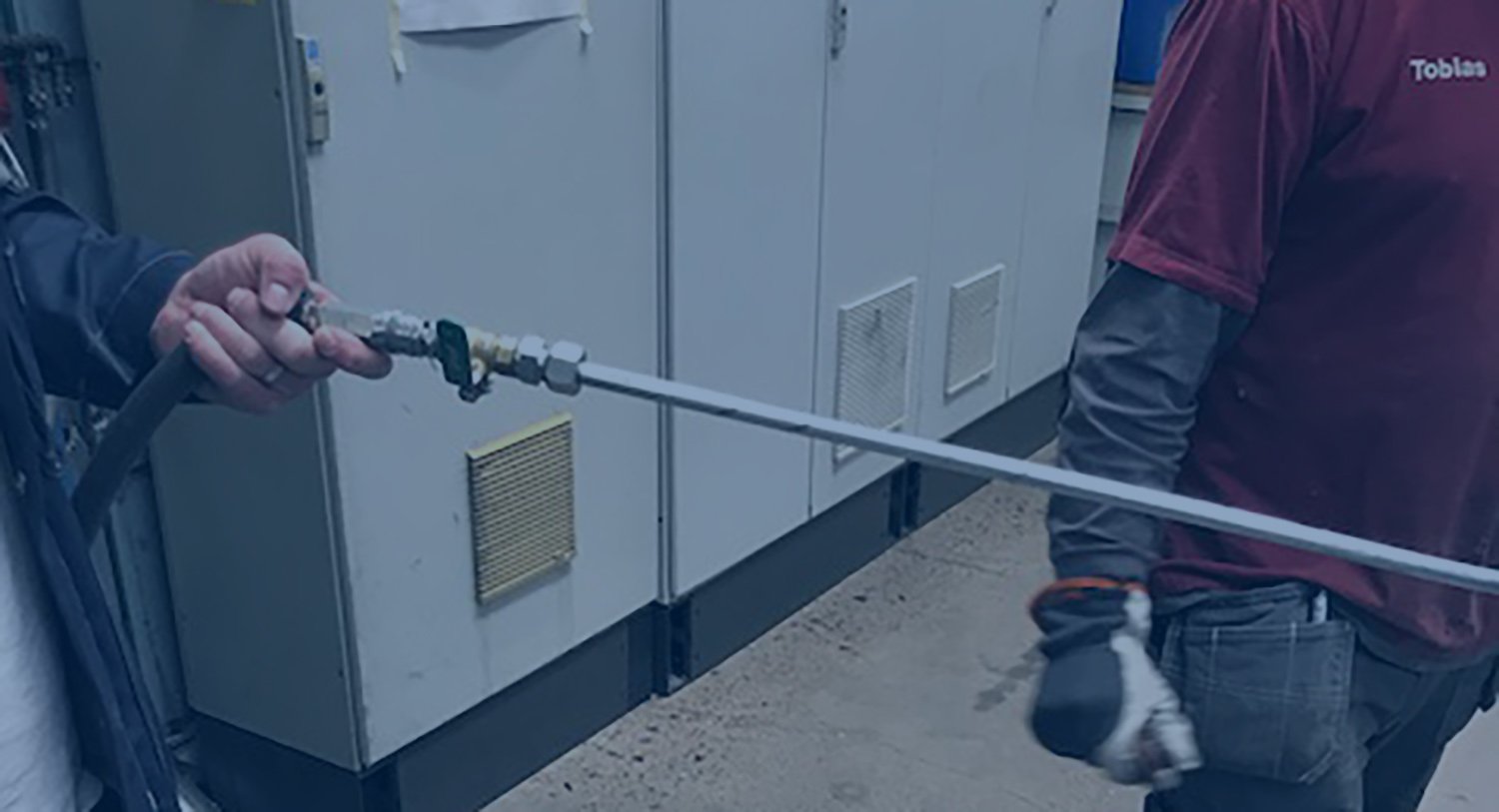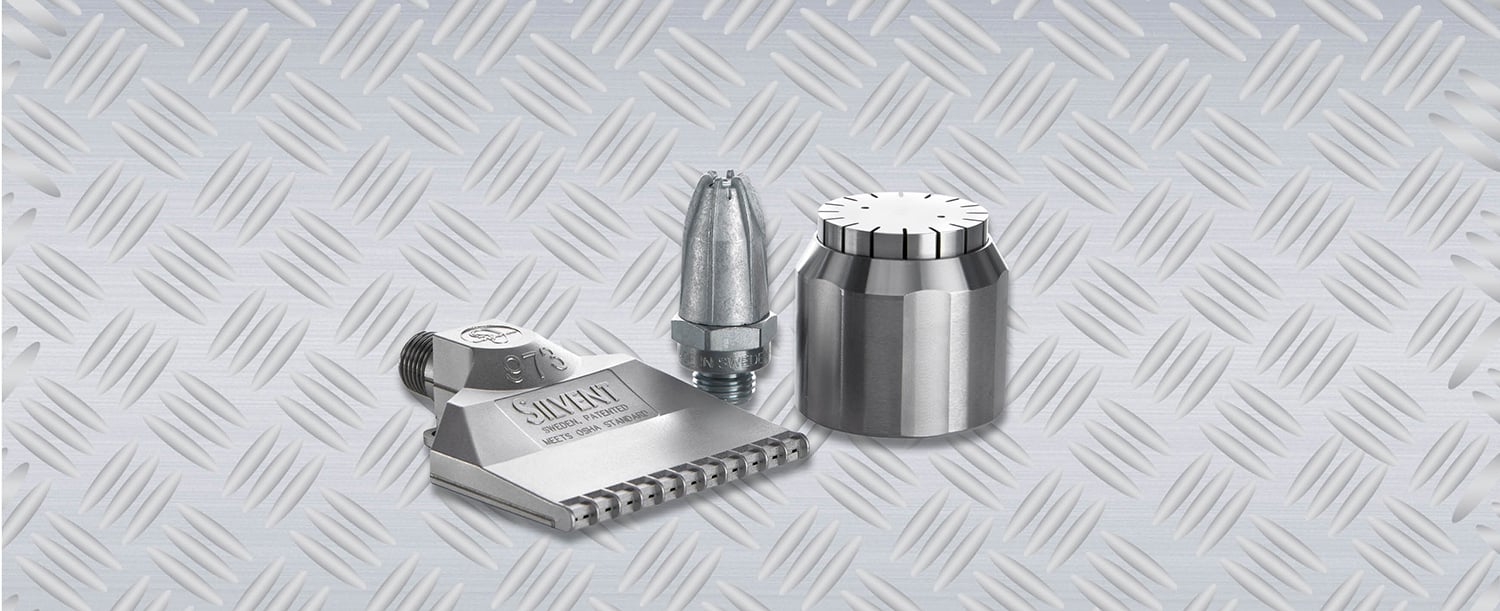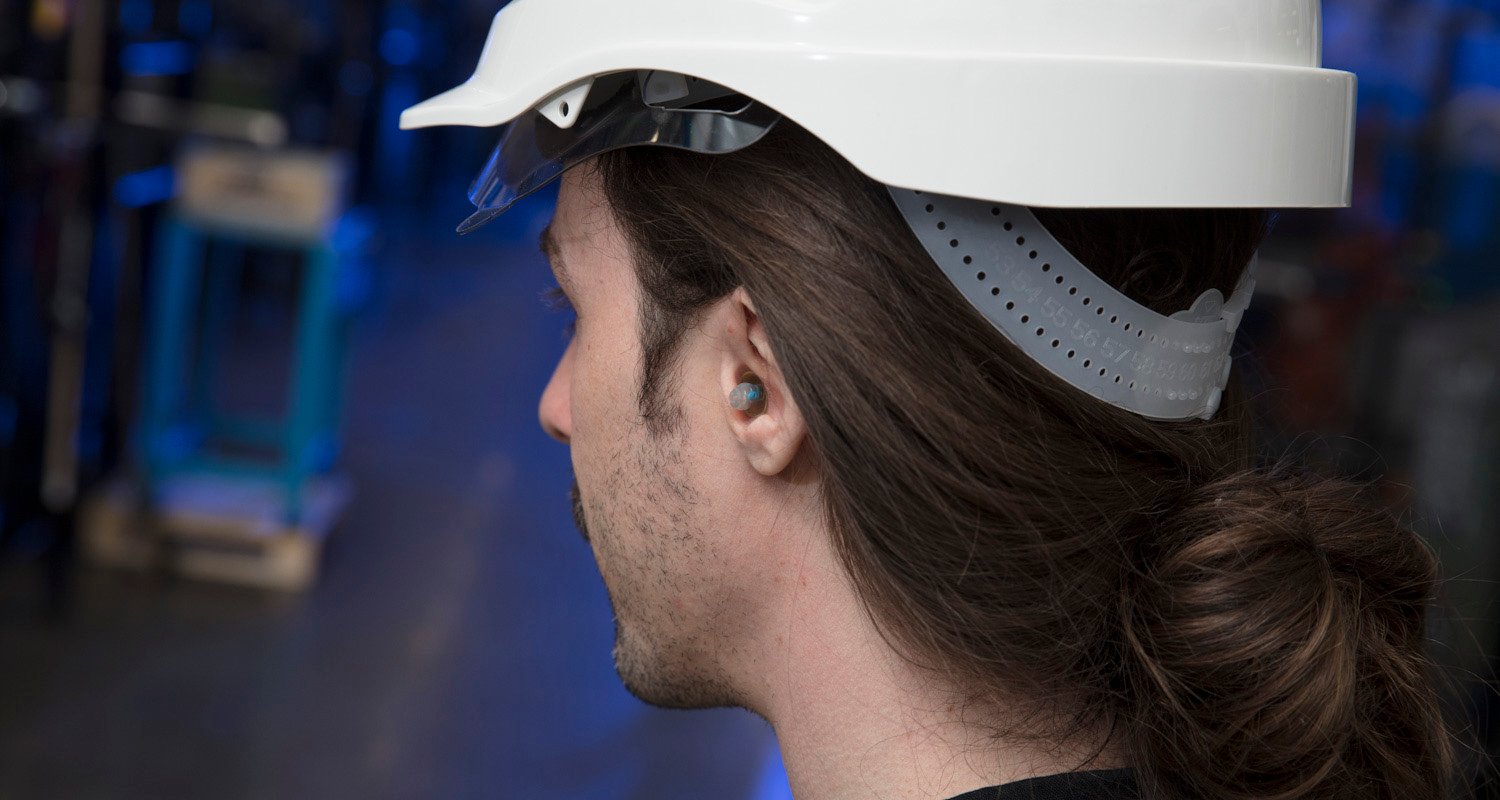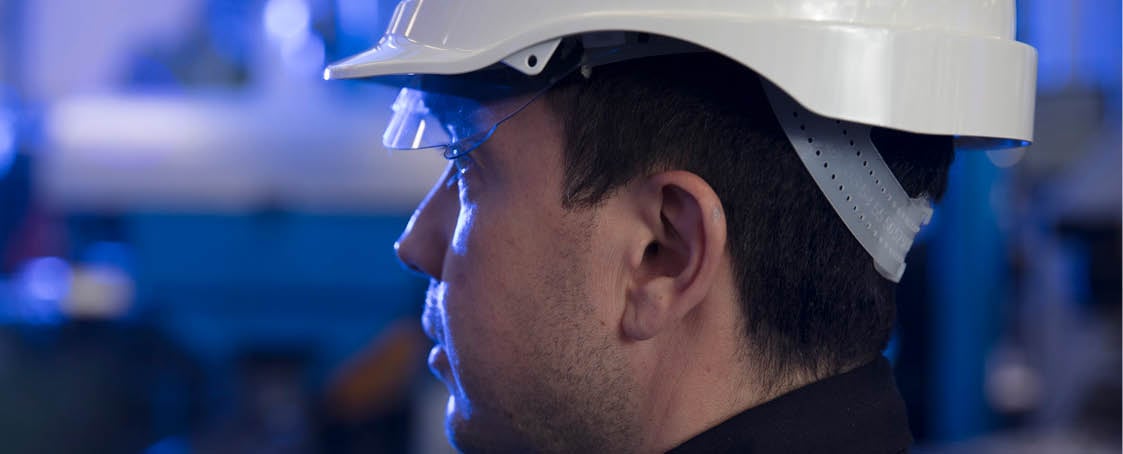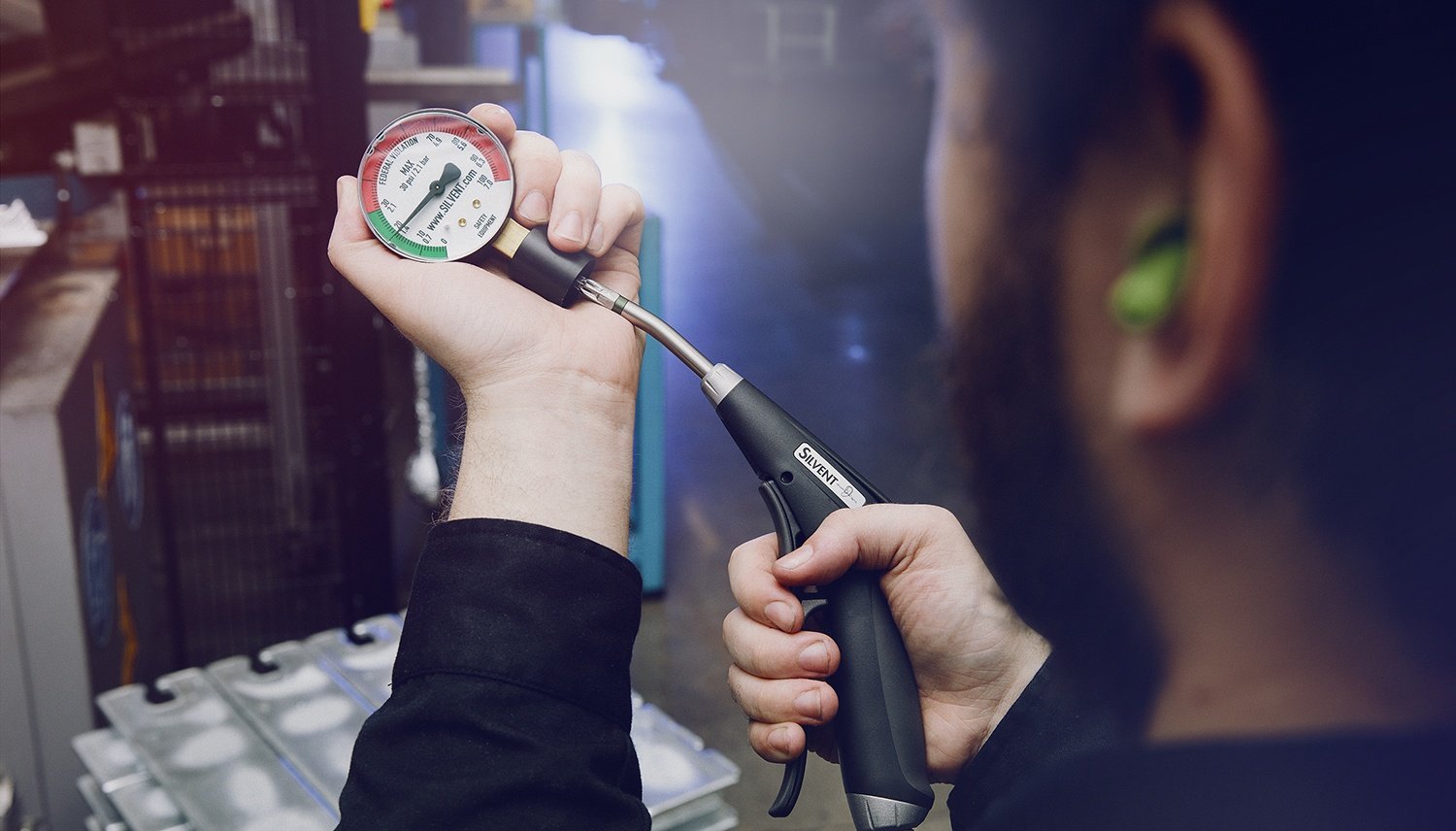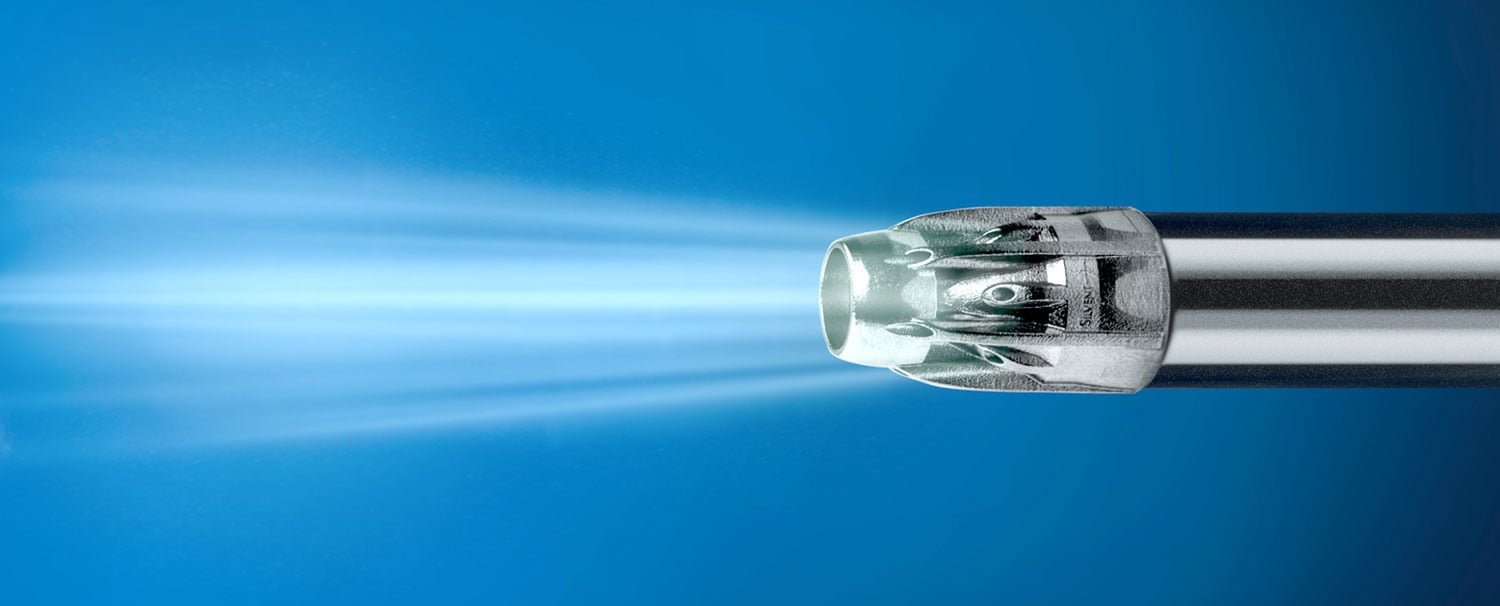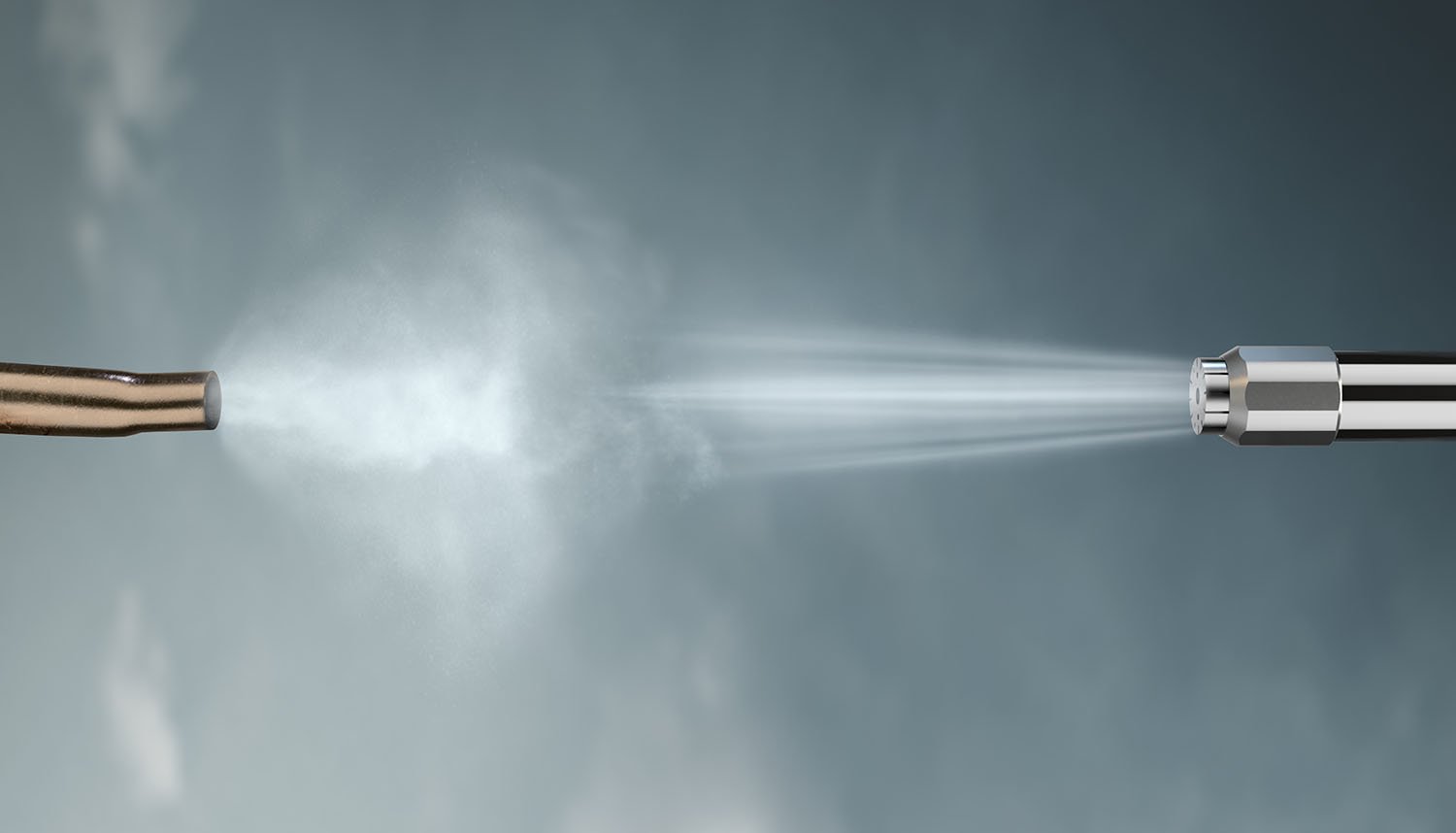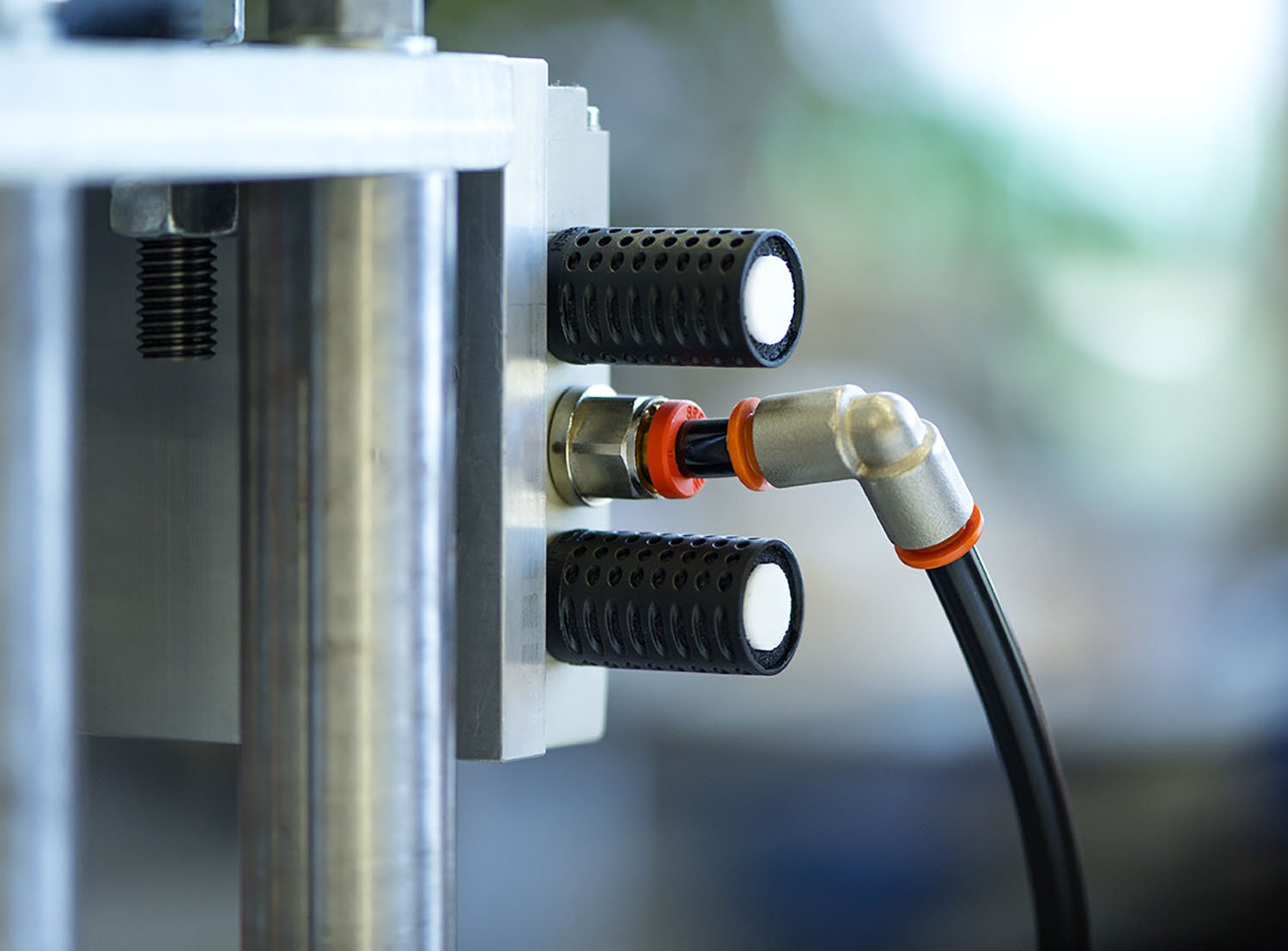Emulsion is used in cold rolling mills to lubricate and cool, and can cause corrosion to the strip if not removed. Removing the emulsion is a top priority, since, at its worst, can lead to scrapping of the entire steel coil.
Why use compressed air to remove emulsion in the steel industry?
In many cases, rubber wringer rolls, or squeegies, are used to remove emulsion from the steel strip. This can often cause problems, since the wringer rolls continuously need to be replaced for optimal effectiveness. Wear and damage on the wringer rolls have a negative impact on the result, and are both costly and inefficient. This can lead to wet strips in the process, which causes problems and can lead to scrapping of the entire steel coil.
To minimize emulsion problems, the wringer rolls should be replaced or supplemented with compressed air blow off. This is done by installing a specially designed air knife, developed for the steel industry. The compressed air efficiently dries and cleans the emulsion off the steel strip and results in less scrapping.
3 reasons why compressed air is more efficient then rubber wringer rolls:
- Compressed air is maintenance free
Blowing with compressed air is contactless. The blowing application does not wear, since the blowing application does not have contact with the steel strip. This makes the blowing application almost maintenance free. If the blowing application is installed correctly, it gives a constant and stable pressure. - A dry and clean process
Compressed air blow off is the preferred method for removing liquids from the steel strip because it not only cleans away the abundance of liquid, but also has a drying effect. - Fitted solution
When running different strip widths, it is advantageous to use a blowing application capable of adjusting to the different widths. The blowing application increases the efficiency of the emulsion removal, regardless of the strip width.








